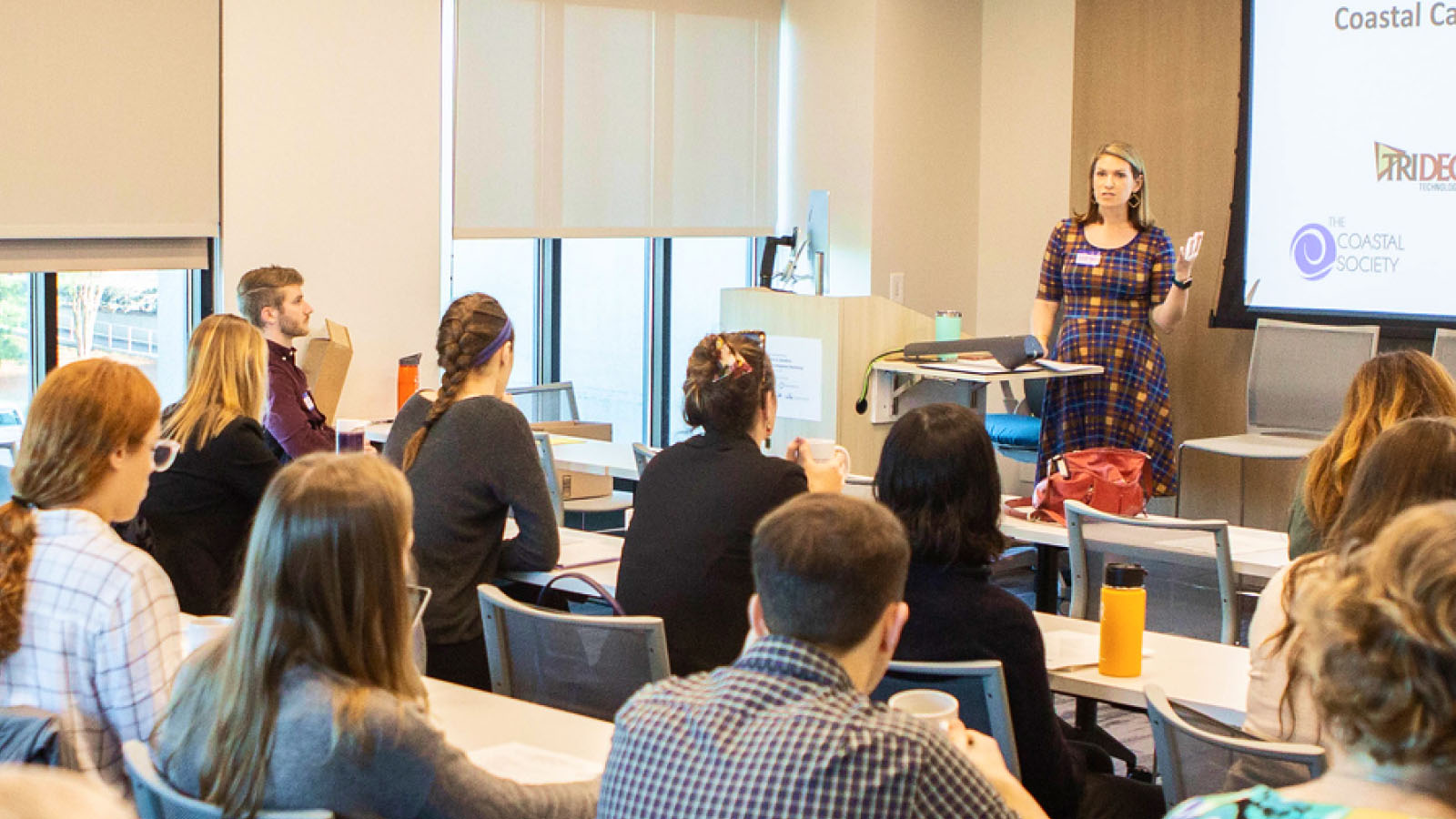Overview
This online learning resource helps coastal resilience planning practitioners incorporate the needs and perspectives of socially vulnerable populations into resilience planning using inclusive, community-driven processes. The resource provides helpful checklists, visuals, and examples, and an overview of whole-community planning with resources for identifying and engaging socially vulnerable populations.
This resource was developed by New Jersey partners but can be broadly applied to other regions. Where state or regional tools are specified, users are encouraged to follow the Seat at the Table process using national resources (or available local resources). NOAA’s Coastal Flood Exposure Mapper is an alternative national mapping resource. When the New Jersey Planning to Action Framework is referenced, consider using the U.S. Climate Resilience Toolkit—or your state or local planning framework.
You will learn how to
- Distinguish populations that have been traditionally identified as socially vulnerable or have inequitable vulnerabilities to coastal climate-related hazards
- Identify and explain underlying factors contributing to social vulnerabilities
- Incorporate the needs of socially vulnerable populations and communities into a general framework for coastal hazard resilience planning
- Understand emerging concepts associated with community-based, equitable resilience planning
- Apply tools to identify vulnerable populations
- Identify other local resources to integrate the needs of socially vulnerable populations
- Apply concepts of early, participatory processes to engage socially vulnerable populations
Additional Information
The self-guided module is based upon findings from literature review and focus groups documented in the report, A Seat at the Table: Integrating the Needs and Challenges of Underrepresented and Socially Vulnerable Populations into Coastal Hazards Planning. It outlines the impacts of changing climate-related coastal hazards on socially vulnerable populations, opportunities to address needs of socially vulnerable populations as part of coastal community climate resilience planning, and options for coastal management policy that may enhance efforts to address needs of socially vulnerable populations.
Further guidance on data needs is available through NOAA’s Coastal Flood Exposure Mapper:
- Additional Data Needs and Information for a Community Risk and Vulnerability Assessment
- Exposure Data and Information
